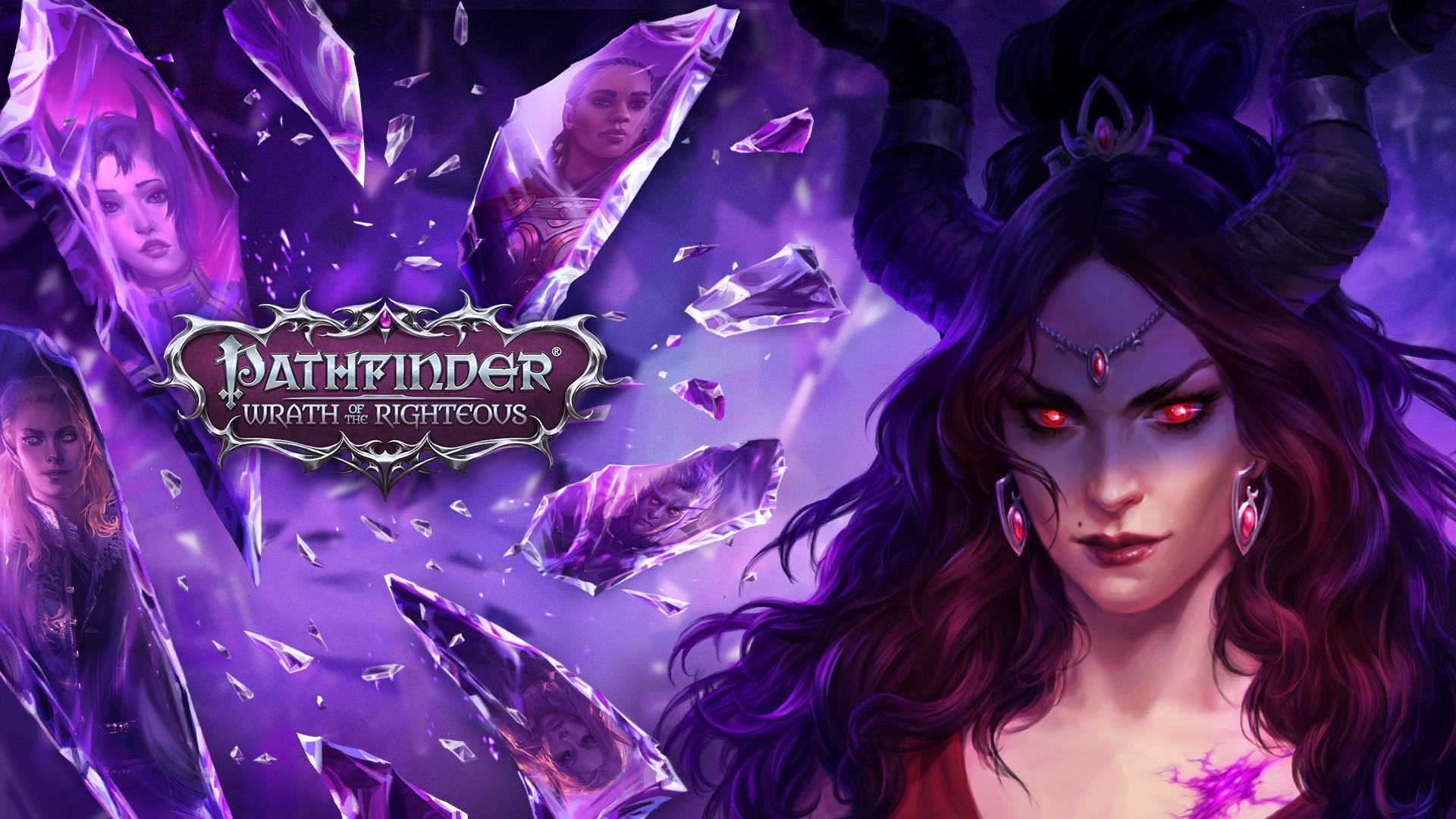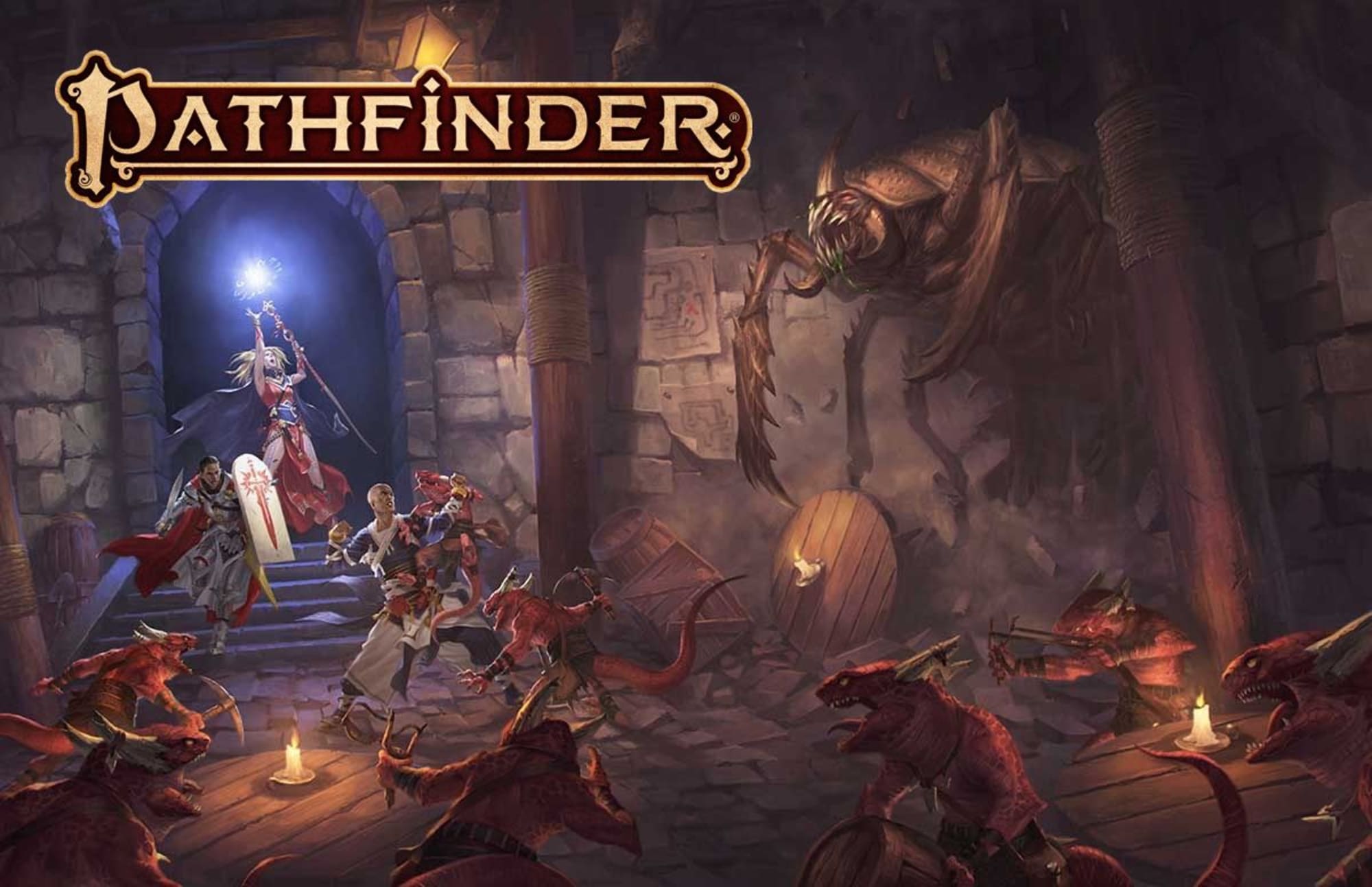

It's currently scheduled for release in 2017. With the advanced player’s guide that all changed."Įxpect to learn more about Paizo's new system, Starfinder, at this year's Gen Con. But even then, people still looked at it from an angle of, this is just the core rulebook revised. Initially, we had done a lot of revision to the base classes in the core rulebook. We had six classes that no one had seen before. There was a witch, an oracle, and the inquisitor.

We had the cavalier, an alchemist, a summoner. "It had six brand new classes in it - classes that had never been seen before in the game. That book introduced two things that started setting us apart and giving us our own place. "The first time we really struck out on our own was the Advanced Player’s Guide, which came out the following Gen Con in 2009. "We didn’t want to just reprint 3.5 rules forever," he said. It’s the way that he and his team have changed the trajectory of character progression, and how they’ve brought in their own touches to create a unique role-playing world. What makes Pathfinder so successful, Bulmahn said, isn’t the core of D&D-based, d20 rules. The annual gathering of tabletop devotees first begun by Gary Gygax, the father of D&D, now features Pathfinder on the marquee. Its success has even allowed them to take over partial sponsorship of the Gen Con convention itself. Today Pathfinder has grown to become the flagship product at Paizo Publishing. We had just noticed some typos in a couple things and said, ‘OK! We’ll fix those. The second printing of the game has very few changes from the first printing because the game wasn’t even out yet. The preorders for it were more than we had ordered. "We knew we were in a good place when our initial print run sold out before we even got it. Do we have a hit on our hands? Is this going to be a great new thing? Or is this just going to fade away? "In 2008 the core rulebook was released," Bulmahn said. Die-hard devotees of the older D&D systems were the first to latch on to Pathfinder, and from there the system and its universe took on a life of its own. Paizo risked the ire of WotC by building a new game based off its core set of rules, and it risked alienating fans of 3.5 by making sweeping changes. We could publish that!’ And a week later I was a lead designer of the Pathfinder Roleplaying Game." "I said, ‘I kind of have a half-written RPG. One day while Paizo’s leadership was gathered around the table wringing their hands, a lightbulb went off for him.

He’d streamlined a lot of the rules, and changed or modified others to suit his tastes. In the background, Bulmahn said he had been tinkering with a sort of homebrew version of 3.5. A week later I was a lead designer of the Pathfinder Roleplaying Game." It said, basically, 'You can use this stuff, indicate that you’re compatible and we won’t sue you.' But for fourth edition we had no idea whether that would exist, and we were running out of time."
TIMELY INSPIRATION PATHFINDER LICENSE
3.5 had an open game license, a legal license for people to publish stuff compatible with 3.5. We could do it through more open fair use laws, but we didn’t want to go that route. Two, we hadn’t seen the license, to be able to use the rules compatibly. We were running out of time to put together the next adventure path. "For one, we hadn’t seen the rules for fourth edition D&D. We, as a company, were trying to figure out how we were going to make that part of our plan. "But at the same time fourth edition was still looming. "It was very well-received," Bulmahn said. Paizo figured it would continue with that plan, bridging the content gap between 3.5 and fourth edition with a new standalone product called Pathfinder Adventure Path. Subscribers to Dungeon magazine received pieces of it over the course of a single year, and later it was collected into a hardcover book and sold well. When that license came to an end, we were left adrift without any plan."ĭuring its time with WotC, Paizo had created an adventure path called Shackled City. "We were the publishers of Dragon and Dungeon magazines," Bulmahn said. The role-playing ruleset they’d been working with for years, known as 3.5, was about to reach the end of its lifespan and WotC didn’t have timely answers for how their partnership might continue. The team at Paizo Publishing, which had for some time been WotC’s partner of a sort, had a big problem. In late 2007 Wizards of the Coast was on the cusp of releasing the fourth edition of Dungeons & Dragons. Polygon spent time with lead designer Jason Bulmahn to learn about its birth, and to find out what makes it so different from its older sibling, Dungeons & Dragons.

The Pathfinder Roleplaying Game is one of the most popular franchises in modern tabletop gaming.


 0 kommentar(er)
0 kommentar(er)
